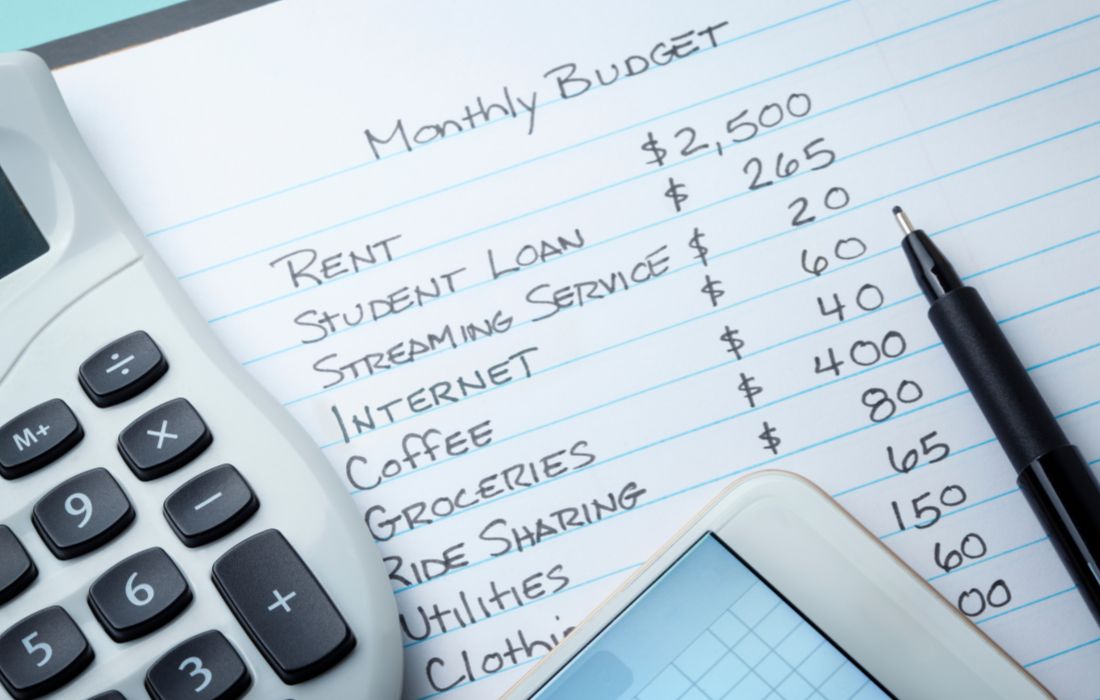Navigating the complexities of personal finance begins with a fundamental skill: distinguishing between your needs and wants. This understanding is not just about categorization; it’s the cornerstone of achieving financial freedom. We delve into practical strategies for managing these two critical aspects of your budget, helping you pave the way toward a financially secure future.
Understanding Financial Needs
What Constitutes a Need?
Needs are your non-negotiable expenses, crucial for your day-to-day living and work. Typically, they consume a significant portion of your income. These include:
- Housing
- Transportation
- Utilities
- Food
- Insurance
But here’s the twist: not all needs are created equal. For instance, while food is a necessity, dining out frequently is more of a want. Similarly, a basic phone plan is a need, but a high-end plan with extra features might lean towards a want.

Identifying Your Financial Wants
The Luxury of Wants
Wants are expenses that enhance your lifestyle but aren’t essential for your survival. These can range from that morning latte at Starbucks to vacations, high-end gadgets, and premium entertainment subscriptions. While wants add comfort and enjoyment to life, they require careful handling to prevent financial imbalance.
- Read one of our most-read blogs- Organizing Your Finances
Effective Budgeting Strategies
Creating a Balanced Budget
The key to a successful budget is balance. A popular guideline suggests allocating 50% of your income to needs, 30% to wants, and 20% to savings and debt repayment (the 50/30/20 Budget Rule). But how do you achieve this balance?
- List and Categorize: Start by listing all your expenses, from groceries to your streaming services. Categorize them under ‘needs’ and ‘wants.’
- Analyze and Adjust: Examine your current spending. If you’re overspending on wants, it’s time for a change. Look for ways to trim your expenses, like opting for a more affordable phone plan or switching to lower-cost insurance providers.
- Creative Cost-Cutting: Reducing spending on wants doesn’t mean elimination. It’s about being smarter – choose a budget-friendly vacation or shop for clothes using shopping apps and extensions that offer discounts.
- Use Budgeting Tools: Consider budgeting apps like Quicken by Simplifi and Empower, which can help you track and manage your expenses effectively.

Tailoring the 50/30/20 Rule for You
The beauty of the 50/30/20 budgeting rule lies in its adaptability. It’s a starting point, not a strict mandate. If your living costs are high, it might mean allocating more to ‘needs’. Or, if you’re aiming for an ambitious financial future, perhaps you’ll boost your savings slice. The idea is to mold the rule to fit your life’s unique financial landscape – making your budget realistic and aligned with your personal goals. Remember, flexibility in budgeting is key to creating a plan that truly works for you.
Next Steps
Mastering the art of budgeting for your needs and wants is a journey of self-awareness and discipline. Applying these strategies lets you enjoy life’s luxuries without compromising your financial health.
Remember, effective budgeting isn’t about restriction; it’s about making smarter choices that align with your financial goals. How do you balance your needs and wants? Share your strategies in the comments below, or try our budgeting template ⬇⬇ to kickstart your personalized financial plan.









